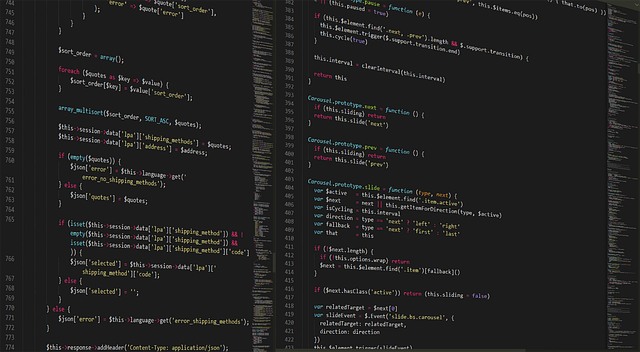Mastering Emulator Development: A Developer’s Guide
In the ever-evolving landscape of software engineering, emulator development stands out as a fascinating discipline that challenges developers to simulate complex hardware and software environments. Whether you’re aspiring to recreate classic gaming consoles, test mobile applications across platforms, or innovate in embedded systems, understanding the core principles of emulator development is essential.
Understanding the Essence of Emulator Development
At its core, emulator development involves creating a software system that replicates the functions of another hardware or software system. This replication allows developers to run applications designed for different platforms without needing the original environment. It’s a blend of reverse engineering, low-level programming, and an intricate understanding of architecture.
Key Components of an Emulator
- CPU Emulation: The heart of an emulator lies in mimicking the central processing unit’s behavior. Understanding instruction sets, registers, and cycle timings is critical to achieving accurate CPU emulation.
- Memory Management: Emulating RAM, ROM, and various memory-mapped hardware requires creating virtual memory spaces and ensuring their correct interaction.
- Input/Output Handling: Devices such as keyboards, controllers, displays, and audio systems must be simulated to provide a complete user experience.
- Timing and Synchronization: Balancing emulation speed and real-time synchronization often determines the quality and usability of the emulator.
Challenges in Emulator Development
Developers stepping into emulator development soon realize the complexity of accurately reproducing another system’s behavior. Some core challenges include:
- Complex Architectures: Modern hardware often involves intricate designs, making it tough to decode and emulate every nuance.
- Performance Optimization: Emulating hardware in software layers introduces performance overhead, demanding innovative optimization techniques.
- Legal and Ethical Considerations: Navigating intellectual property rights related to BIOS, firmware, and proprietary hardware is crucial to avoid legal pitfalls.
- Debugging Difficulties: Debugging emulated environments can be more complex than standard applications, requiring specialized tools.
Tips for Aspiring Emulator Developers
For those passionate about diving into emulator development, here are some practical tips to keep in mind:
- Start Small: Begin with simpler platforms or partial components. Emulating an 8-bit system can be a great entry project compared to modern consoles.
- Leverage Open Source: Explore existing projects and communities. Analyzing open-source emulators can provide invaluable insights.
- Focus on Documentation: Thoroughly document your emulation processes, as reverse engineering depends heavily on careful note-taking and gradual understanding.
- Optimize Continuously: Profile your emulator regularly and identify bottlenecks; balance accuracy with performance pragmatically.
- Engage with Communities: Participate in forums, developer groups, and platforms dedicated to emulator development to stay updated and seek guidance.
The Future of Emulator Development
As technology advances, emulator development continues to evolve with new challenges and opportunities. From cloud-based emulation services to AI-assisted reverse engineering, there’s room for innovation that can redefine how we preserve and interact with legacy systems. For developers passionate about bridging past and present tech, mastering emulator development offers a unique and rewarding path.




